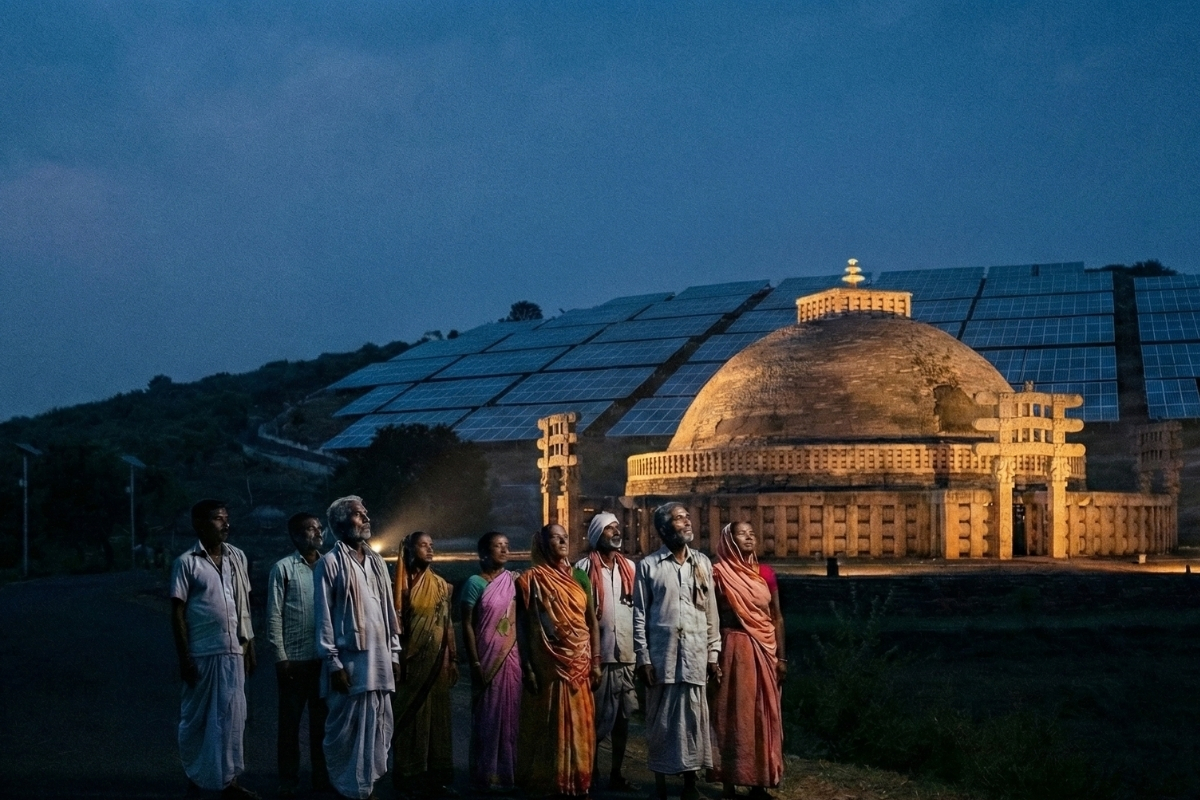Dr. Manmohan Singh, the former Prime Minister, made a lasting impact on India’s political, economic, and environmental landscape before his passing on Thursday at the age of 92. Known for his economic reforms, Singh also championed environmental sustainability and climate action during his tenure from 2004 to 2014.
As India’s Prime Minister, Dr. Singh recognised the urgency of addressing climate change while balancing the country’s developmental needs. His administration introduced transformative policies that placed India on the global climate map.
Dr. Singh emphasised transitioning to a low-carbon economy. Under his leadership, India committed to reducing its carbon emissions intensity by 20–25% by 2020 compared to 2005 levels. This positioned India as a proactive participant in global climate negotiations.
In 2008, Dr. Singh unveiled the National Action Plan on Climate Change (NAPCC), a cornerstone policy for addressing climate change through sustainable development.
At the 2009 Copenhagen Climate Summit (COP15), Singh advocated for equitable climate policies, emphasising “Common but Differentiated Responsibilities and Respective Capabilities.”
Dr. Singh forged international partnerships to bolster India’s clean energy sector. His administration launched initiatives like the Partnership to Advance Clean Energy (PACE) with the United States, facilitating investments and technology transfers for renewable energy projects.
Singh’s key climate policies & initiatives in India
-
National Action Plan on Climate Change (NAPCC): Launched in 2008, this framework outlined India’s climate change strategy through eight missions aimed at promoting sustainable development while mitigating climate impacts.
-
National Solar Mission: This mission also known as the Jawaharlal Nehru National Solar Mission aimed to enhance solar energy technology development and deployment in India, with an initial target of 20,000 megawatts of solar power by 2022, later revised to 100,000 megawatts.
-
National Mission for Enhanced Energy Efficiency (NMEEE): Aimed at reducing energy consumption in energy-intensive industries, this mission used a market-based mechanism called Perform, Achieve, and Trade (PAT).
-
National Mission on Sustainable Habitat: This mission aimed to promote energy efficiency in urban areas, implement building codes to enhance energy performance, and develop integrated waste management strategies.
-
National Water Mission: Aimed at improving water conservation and reducing water use, this initiative emphasised water resource management amid increasing climate stress.
-
National Mission for Sustaining the Himalayan Ecosystem: Acknowledging the vulnerability of the Himalayan ecosystem to climate change, this mission focused on understanding the impact of climate change and safeguarding the region’s biodiversity and resources.
-
Green India Mission: This initiative aimed to increase forest cover and restore degraded ecosystems while enhancing the livelihoods of forest-dependent communities.
-
National Mission for Sustainable Agriculture: This mission promoted climate-resilient agricultural practices to ensure food security and enhance agricultural sustainability.
-
International Cooperation for Climate Change: Dr. Singh sought international partnerships and funding for climate action, stressing the need for developed nations to fulfill their financial commitments to support developing countries.
-
Promotion of renewable energy: Singh championed scaling up renewable energy sources, with policies encouraging investments in wind, solar, and bioenergy to reduce dependence on fossil fuels and lower greenhouse gas emissions.
A staunch believer in sustainable development, Singh spoke about reconciling economic growth with ecological conservation. His government’s National Environment Policy (2006) underscored this philosophy, prioritising ecological constraints and social justice.
Dr. Manmohan Singh’s contributions to climate action laid the foundation for India’s current environmental policies. His vision of low-carbon growth and international advocacy made India a key player in global climate discourse.
As the world grapples with the climate crisis, Singh’s work serves as a blueprint for integrating sustainable development into governance. His legacy will inspire generations to prioritize the environment while pursuing progress.
Support us to keep independent environmental journalism alive in India.
Keep Reading
Watch: Kashmir experiences first snowfall of season after dry spell
Amarnath Yatra: Tackling rising death toll from extreme weather events
Tourists arrival in Kashmir break records, a need to regulate it?
From tourist paradise to waste wasteland: Sindh River Cry for help
Follow Ground Report on X, Instagram and Facebook for environmental and underreported stories from the margins. Give us feedback on our email id greport2018@gmail.com.
Don’t forget to Subscribe to our weekly newsletter, Join our community on WhatsApp, and Follow our YouTube Channel for video stories.






